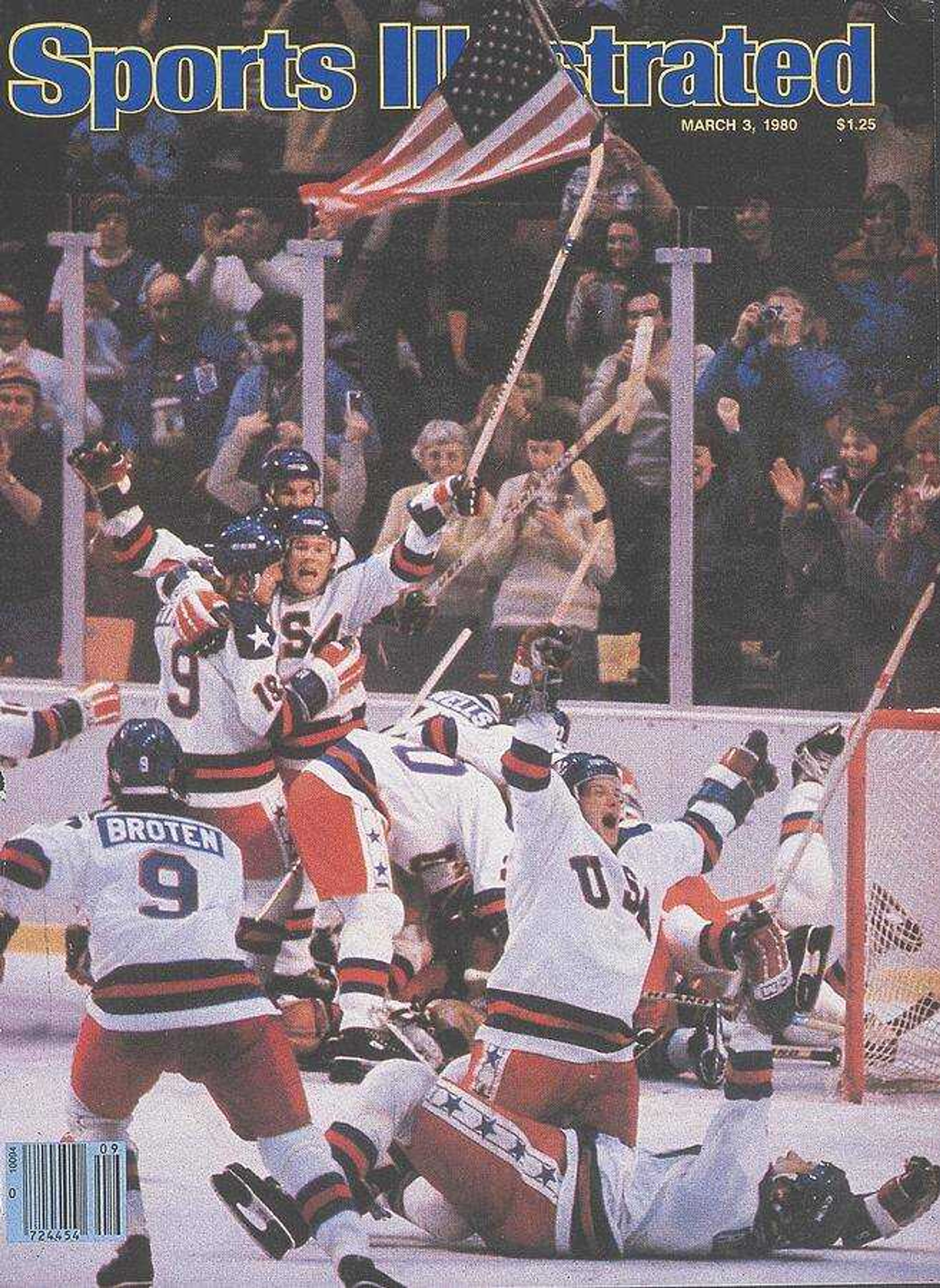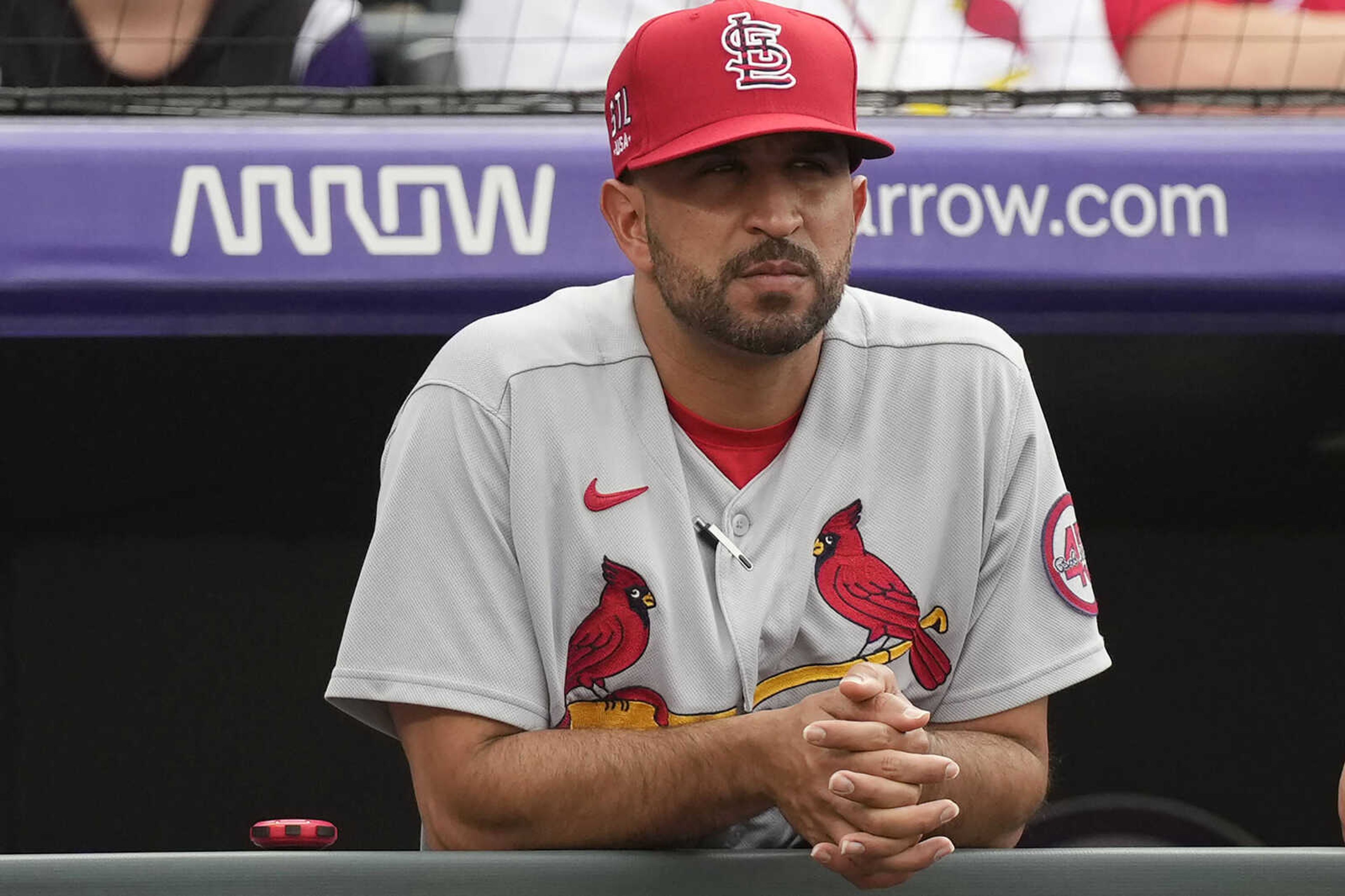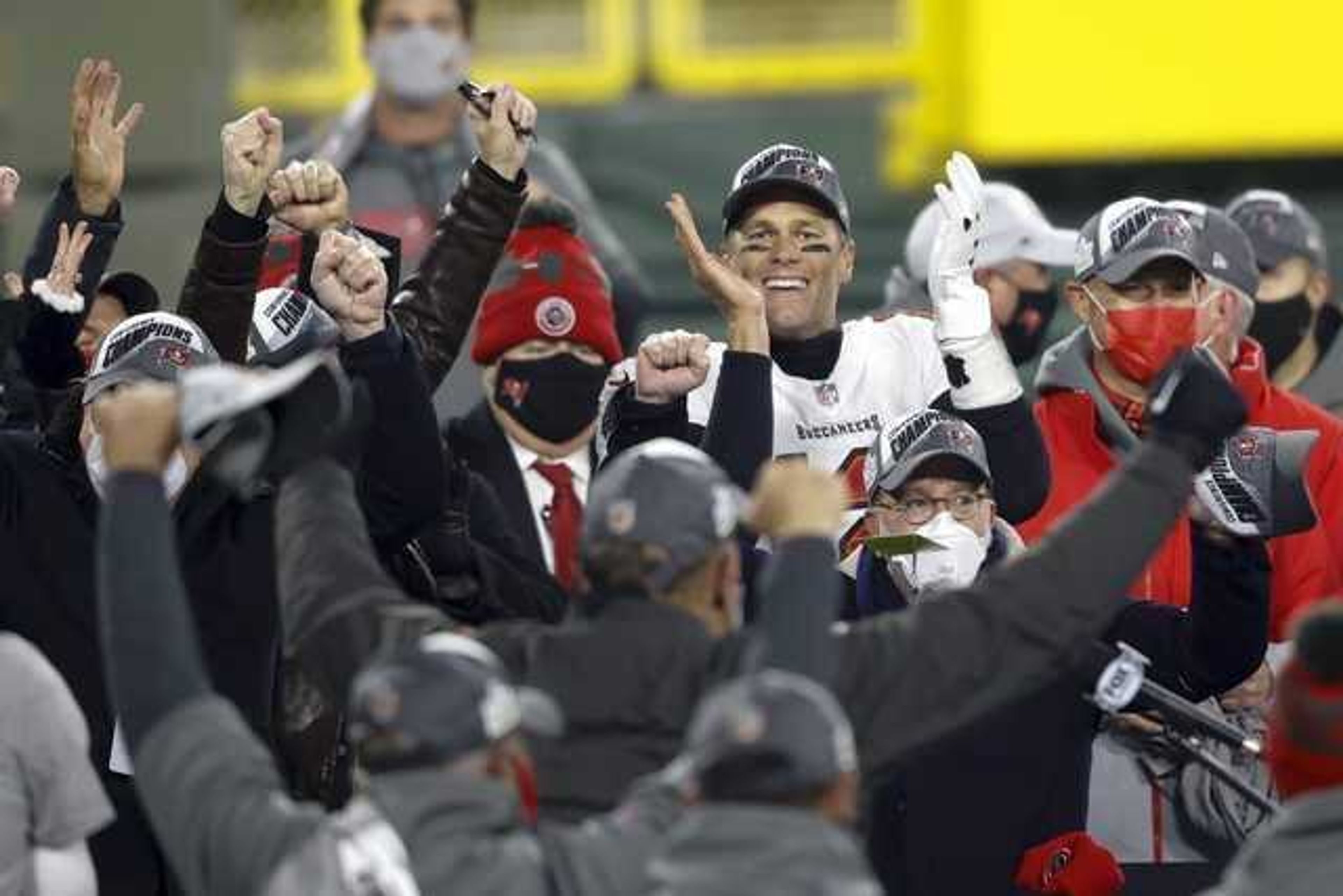For those Semoball.com readers and avid sports fans over the age of 40, you lost a part of your youth this afternoon.
For those under the age of 40, you have zero comprehension of the magnitude of Sports Illustrated essentially going out of business, which is what happened today.
Authentic, the licensing group that has owned and operated Sports Illustrated (or what was left of it) for five years, revoked its deal with The Arena Group, which published the print and digital formats of the journalistic institution, upon missing a payment owed.
The ramifications are that Authentic informed the SI staff that there would be massive layoffs of the staff, beginning immediately.
For those who follow sports journalism, this didn’t come as a shock. Sports Illustrated had long lost its relevancy in this digital world of social media and click-bait journalism.
I recently saw a columnist in a large Midwest daily pen 1,000-plus words on an asinine fan who screamed criticisms at the best player in college basketball, as if the thoughts of the middle-aged bozo were insightful, interesting, or relevant to anything.
Welcome to 2024.
My generation couldn’t have imagined a sports world without SI. It was everything.
Each Thursday, sports addicts like me would sprint to the mailbox to grab that week’s issue, not to leaf through it for interesting topics, but to read the magazine in its entirety. Right then.
From my childhood home in Yorktown, Indiana, to having the subscription forwarded to my fraternity (Lambda Chi Alpha) at Butler University, to my adult residences at various points in Indiana, my Thursday routine was the same from age 10 to my mid-40s.
I’d plop down on the couch and proceed to spend the next hour-plus ingesting every word beginning with the back-page column written by my favorite sportswriter of all time, Rick Reilly.
Reilly was like no other writer I had ever read. Or ever will.
He didn’t write stories so much as he sat down next to you at a bar, and for 13 minutes, he told you the story. And he didn’t worry a moment about how some Ivy League stiff (or in my case, some Butler University academic) would contemplate his use of humor, drama, emotion, and all in plain speak, to mesmerize you.
Reilly could make you cry, cuss, snot-out laughter, and think deeply all within 2,000 words.
My house could have been on fire while I was reading Reilly’s words, and I couldn’t have given a flying leap.
But Sports Illustrated was so much more than just the best columnist in the world. It was also the best writers. The best photographers. The best researchers.
You see, Sports Illustrated believed (get a load of this crazy notion) that if you hired the best in the business, readers would actually pay for the product. (I know, inconceivable, isn’t it?)
Sports fans had no inkling that athletes did drugs until Sports Illustrated had the cover story detailing how cocaine, amphetamines, and more had permeated professional locker rooms.
Gambling in sports? Who in the world does that? Sports Illustrated told you for the first time.
Steroids in baseball? What the &^*# are you talking about? Reilly was the one who first confronted Chicago Cub star Sammy Sosa on the topic.
Kids today can’t understand how innocent, naïve, and well, uninformed sports fans were before social media. We didn’t find anything out until the next day’s newspaper or SI told us on Thursdays.
Sports Illustrated created legends out of thin air.
The basketball world had little idea who this Larry Bird guy was in Terre Haute, Indiana until Sports Illustrated told its readers that he had a skill level that had never been seen before. Oh, and that iconic cover photo with the two Indiana State cheerleaders? Oh my.
As it turned out, there was some hockey player in Edmonton, Canada, who could do on ice what Bird was doing on a basketball court. People called him “The Great Gretzky.”
There is a joke that people now in their 60s used to tell about “having a subscription to Playboy for the articles,” and the casual fan might make a similar remark about SI and its famed Swimsuit Edition.
Yes, it was glorious. That edition was every teenage boy’s version of “Christmas in February.” However, you REALLY did subscribe to Sports Illustrated for the articles, every one of them.
A feature story on a Texas Ranger rookie? Because of who wrote the feature, and how it was written, you had to read it, even though you didn’t give a hoot about the American League.
The intricacies of pheasant hunting? Come again? Millions read the story.
Steve McQueen races motocross? Put that on the cover this week!
Sports Illustrated was as necessary to my young life as a Fred Lynn rookie card.
Times do change, though, and today’s news is just the latest example of that. However, something that today’s younger generation can have an appreciation for, despite not caring anything at all about what I have written to this point, is the fact that Semoball.com, among other local media outlets, still operates (to a degree) like “back in the day.”
Tonight, I’m venturing to Bernie High School where I’ll detail the basketball exploits of the Mules in trying to upset the Class 2 No. 8-ranked Puxico Indians. The young people throughout Southeast Missouri need to appreciate that information on their games/sports/teams still finds its way to the public notice on a daily basis. This is because, like the death of Sports Illustrated, local sports journalism throughout this country is in intensive care, if not already in the morgue.
As someone who studies this industry with morbid curiosity, I can tell you that there are many communities where there is not only a lack of local sports coverage, it can be non-existent.
The fact that Southeast Missouri has a plethora of local media outlets still covering the sports scene in 2024 is as rare as Erin Hoffman coaching a bad volleyball team.
With the extinguishing of SI, an influential chapter in my life has been closed and sealed, never to return. This is an occurrence that is happening more often than I would like to admit. Such is the life of a 57-year-old. However, covering high school sports in the Bootheel still allows me to cling to a part of my life and career that I will always cherish.
The reality is that this existence won’t last forever. That, I can promise you. However, it will be alive and thriving in the tiny, but raucous Bernie Gymnasium tonight, and for that, I am thankful.
Tom Davis is a freelance sportswriter for Semoball.com.


